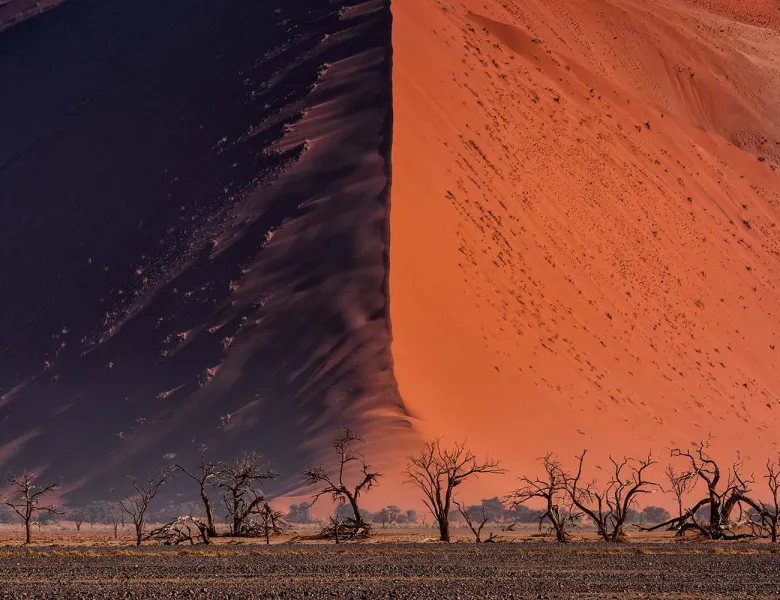The Island of Dragonflies: lost in the ruins
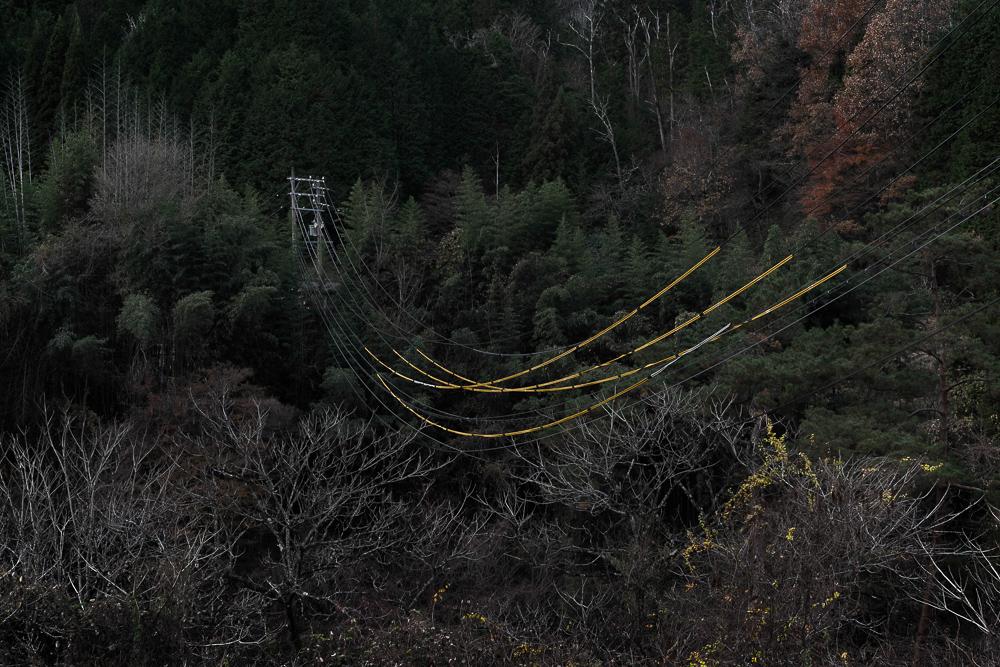
We talk to rising photographic star, Julien Mauve, and get an exclusive look at his new series, 'L'île aux libellules' (The Island of Dragonflies). A member of Sony Global Imaging Ambassadors and a previous winner at the Sony World Photography Awards, Julien’s work has quickly caught the attention of a global audience, taking us on an often enigmatic visual journey.
There's a sense of unease in Julien Mauve's work that has set the young French photographer apart. Even in his breakout series, 'Greetings From Mars', in which two astronauts frolic across a bright, desolate landscape with seeming joy, taking selfies along the way, there is something sinister: the harsh rock, the sharpness of the shadows, the loneliness of it all.
In Mauve's short career so far he has challenged us to ask questions of the human condition, and it has won him accolades and support along the way. From his expansive series 'After Lights Out' (Prize winner at the Prix Jeune Talent SFR, 2013) and the hugely popular 'Greetings From Mars' (Winner, Conceptual, 2016 Sony World Photography Awards), he says that, "silence, vacuity, darkness and solitude put in perspective with the rise of new technologies are recurring themes in my projects."
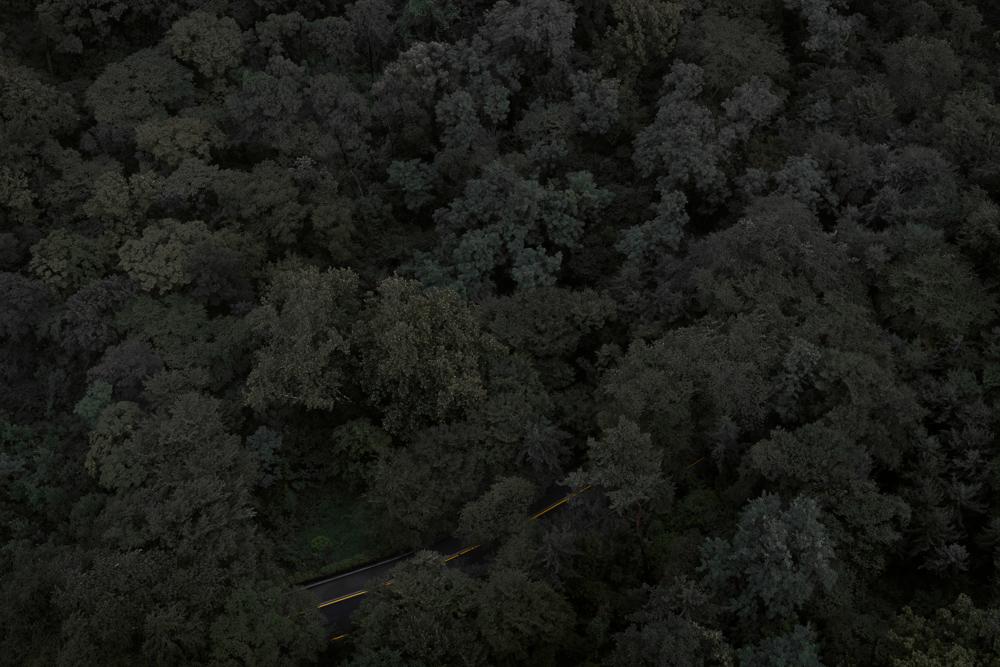
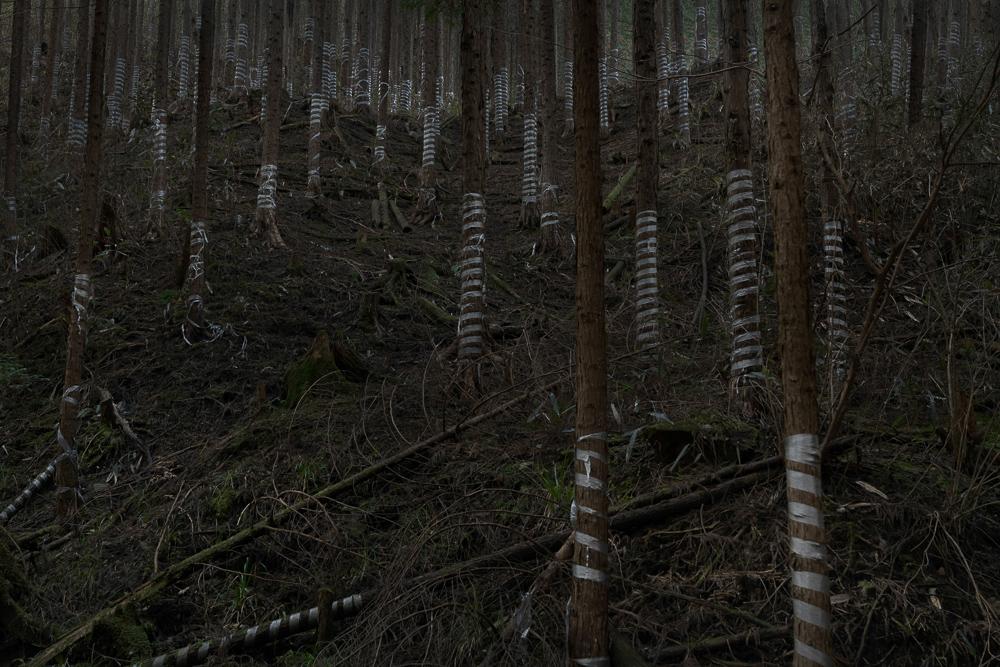
His work quickly became something more akin to science fiction art than photography in the normal sense. It was that rich, storytelling ability, the use of scenes and acts and unusual moments, which caught the eye of editors, gallery owners and the jurors of renowned competitions. He is now represented by Galerie Intervalle in France and INTHEGALLERY in Denmark and has been shortlisted for the prestigious Oskar Barnack Award and the Voies Off Award, Arles. He has two published books with Poursuite Edition: L'Indifférence Des Étoiles (2016) and Titanic Orchestra (2017).
It was in 2013 that Mauve became part of the Sony Global Imaging Ambassadors network, joining a growing list of almost 60 talented photographers from across the world receiving support and equipment for upcoming projects.
"Becoming an ambassador has helped a lot in my career," Mauve says. "I've been provided with lots of gear, a huge amount of visibility and great advice to move forward with my image-making. I have received different α7 cameras over the years (R, S and regular), and I was also provided with the RX100M3. My latest book, 'Titanic Orchestra,' was shot exclusively with that camera."
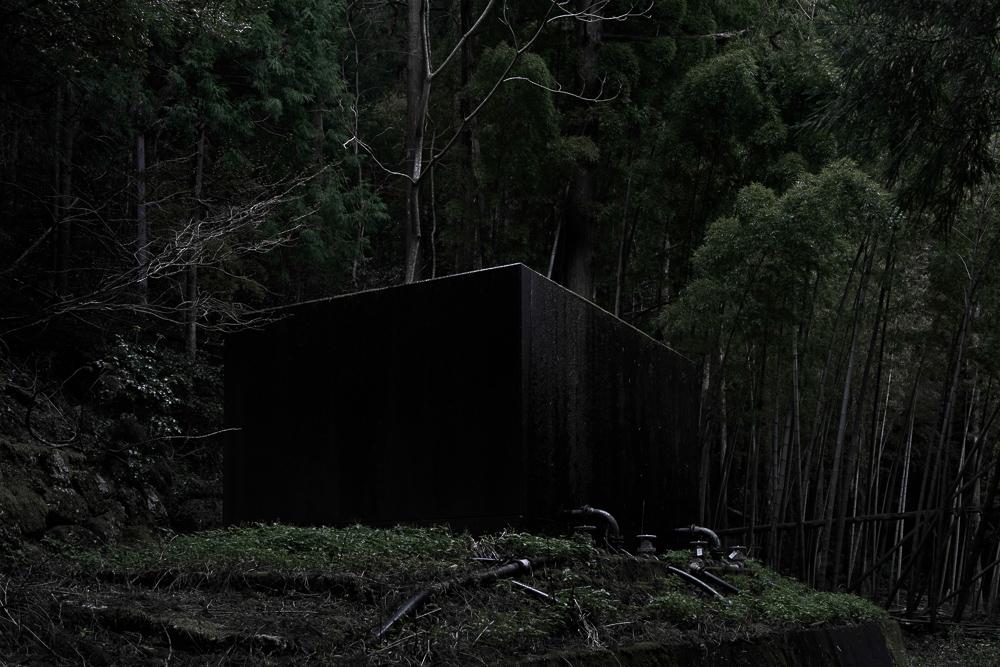
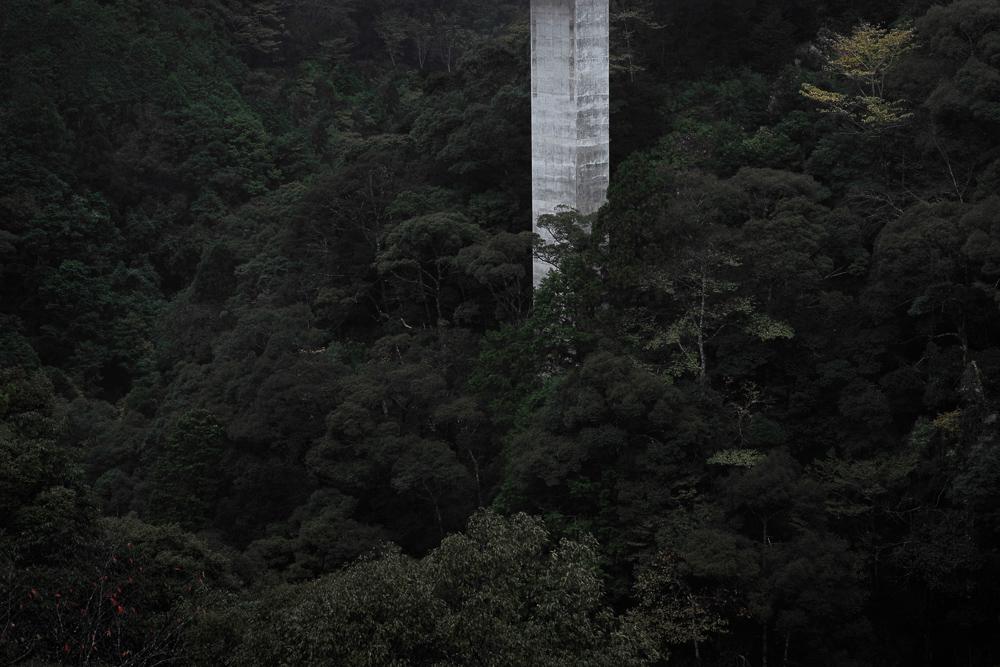
Yan Di Meglio, the director of Galerie Intervalle, comments: "Julien’s projects may seem different, but they all question the presence of humanity on earth. In 'After Lights Out', he imagines the earth without electric light, after a major accident. With 'Greetings From Mars', he imagines a honeymoon on Mars. And in his latest series, 'L'île aux libellules', he sets off in search of an imaginary island that appears on sea charts between the middle ages and the eighteenth century."
"Julien is an artist aware of the demands of the art market. He is extremely demanding with the production quality of prints and framing. The same goes for his editing. Each series has its own identity with a thorough protocol. In the end, contemplation and tranquility emerge from his work. The power of nature and the quest for space are predominant for him."
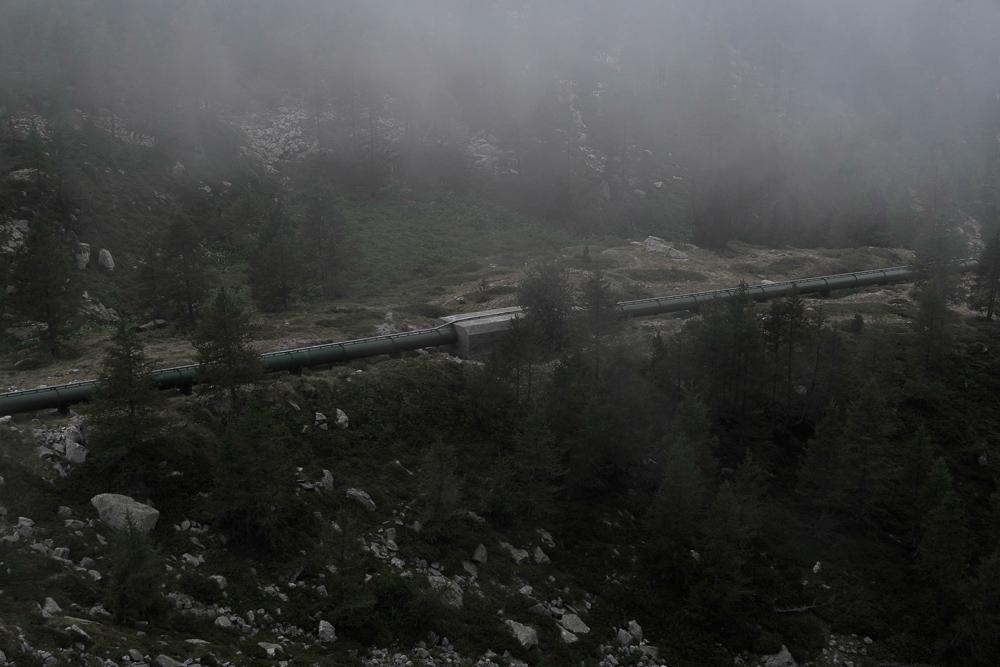
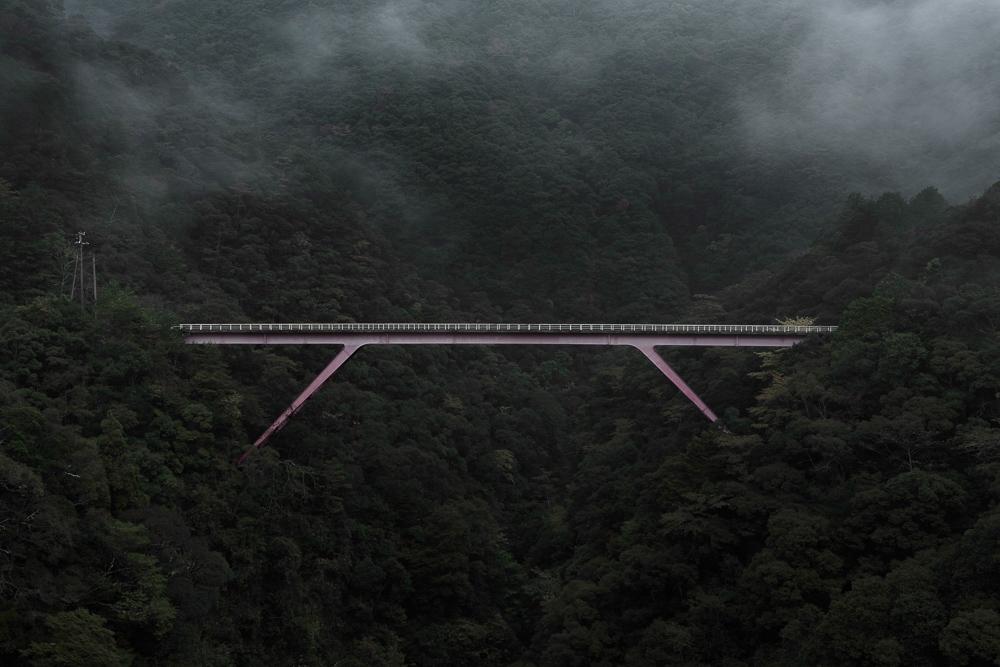
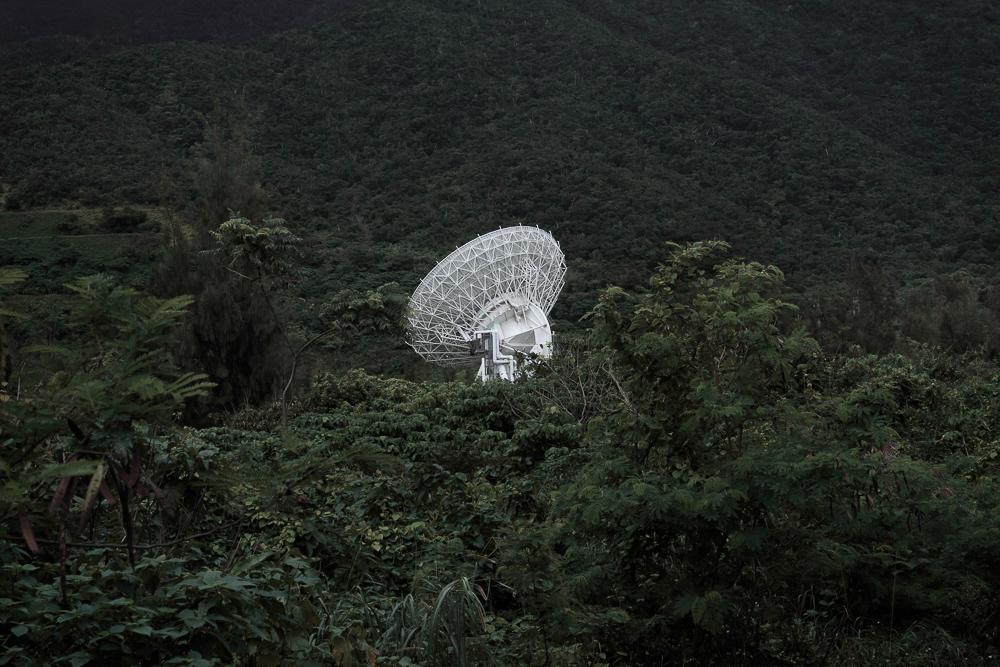
His new project, 'L'île aux libellules' (The Island of Dragonflies), which is shown on our blog for the first time, has all the hallmarks of Mauve's recurring themes: darkness, mystery, an inescapable alarm at our place in the world. The series takes us into a Jurassic Park-type world; a jungle environment where nature is reclaiming what is hers. Satellites immerge through the treetops, aging silver tape strangles a set of trees, electricity pylons disappear into the greenery. The images seem void of brightness, shot in subdued and sometimes difficult lighting conditions, often during dusk and dawn.
"I went searching for this mysterious island and found it in Japan," explains Mauve. "These pictures come from the Island of Dragonflies (Akitsu Shima), the name of which echoes nature's powerful place in the Japanese imagination. On this island, humans seem to have suddenly disappeared. What remains are some sorts of ruins, lost in the middle of abundant nature which seems to retake its rights. We don't know if these sites have been definitely abandoned or just isolated from the rest of humanity."
Quickfire questions
- What was the most challenging technical part of this project?
I would say protecting the cameras from the rain and water whilst walking in the jungle and variety of difficult shooting conditions I encountered.
- How did the α7RII handle the low light conditions?
Very well! I like to shoot early in the morning or just before it gets dark to capture the cinematographic mood that I'm looking for in my projects. The behaviour of the α7RII is impressive, allowing me to raise the ISO and work without tripods, all the while keeping a really high image quality.
- You used 3 different lenses during this project. If you could only choose one, which would you choose and why?
This was the first time I used a 70-200mm and it opens many possibilities that I couldn’t have imagined. I will keep using this lens to find new ideas and inspiration. But the one I would definitely choose is the 24-70mm 2.8 G Master. I have been used to shooting with fixed lenses in the past (55mm and 35mm) but this one is the perfect compromise. I almost never remove it from my camera.
Equipment used to create 'L'île aux libellules'
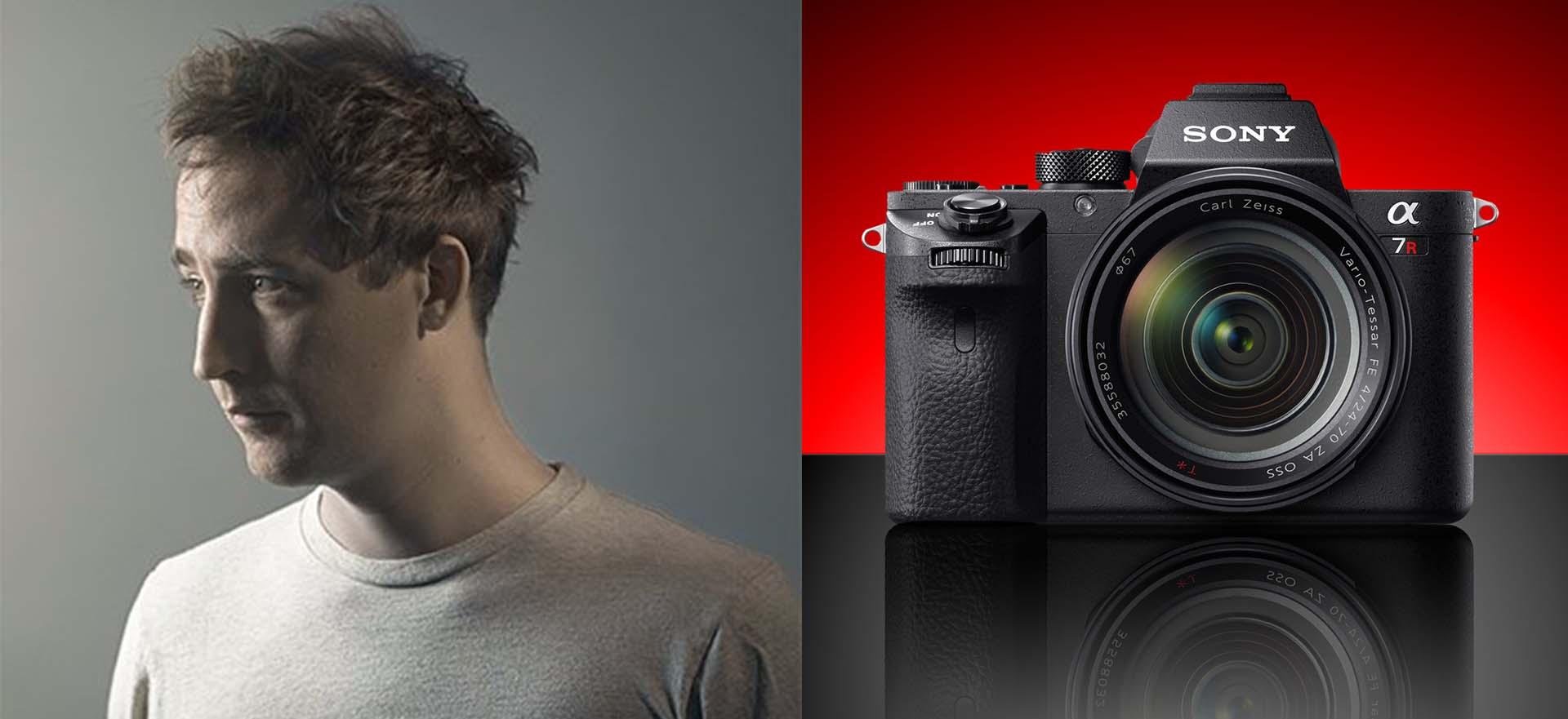
julienmauve.com
Imagingambassadors.sony.net
worldphoto.org/swpa






